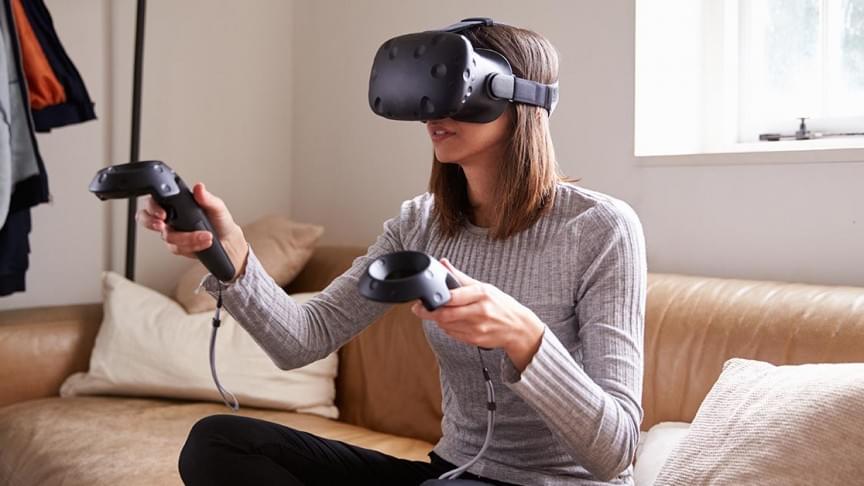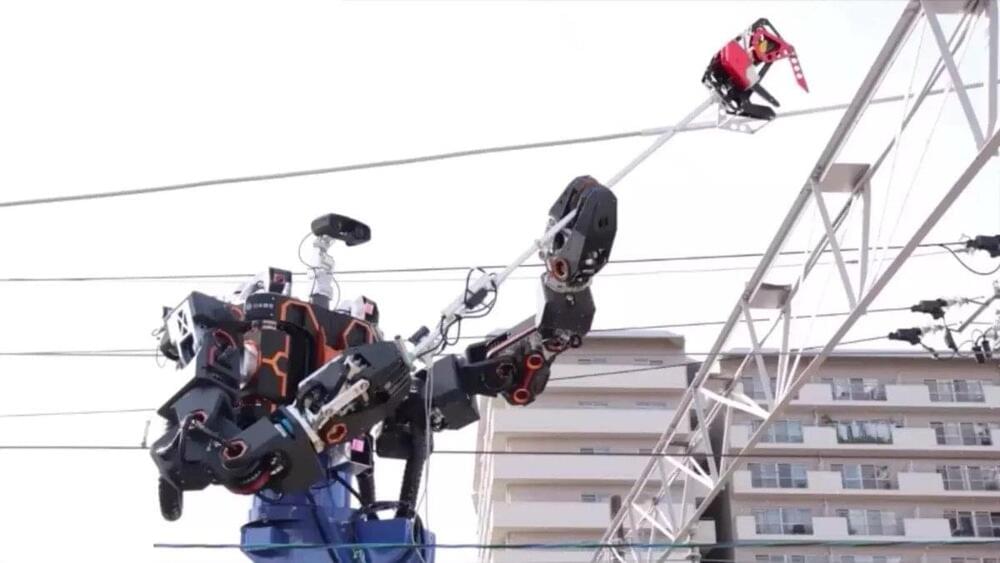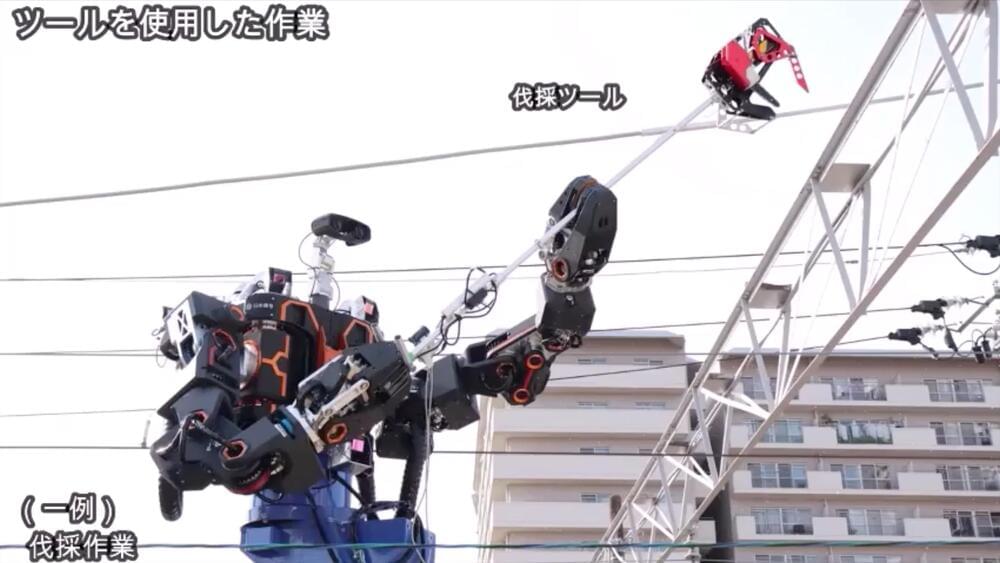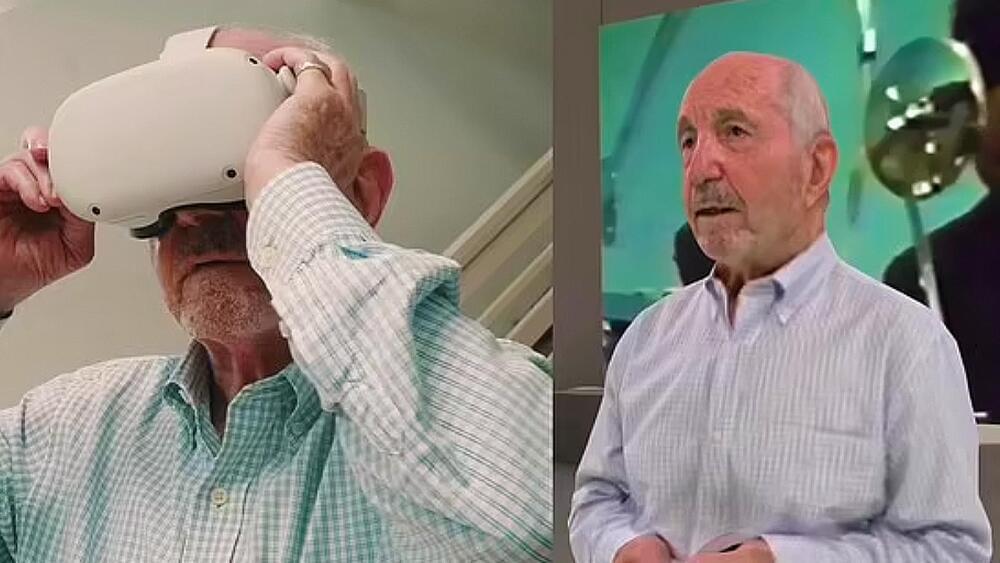Jun 7, 2022
Meta Reality Labs Research: Codec Avatars 2.0 Approaching Complete Realism with Custom Chip
Posted by Kelvin Dafiaghor in categories: robotics/AI, virtual reality
Researchers at Meta Reality Labs are reporting that their work on Codec Avatars 2.0 has reached a level where the avatars are approaching complete realism. The researchers created a prototype Virtual Reality headset that has a custom-built accelerator chip specifically designed to manage the AI processing capable of rendering Meta’s photorealistic Codec Avatars on standalone virtual reality headsets.
The prototype Virtual Reality avatars use very advanced machine learning techniques.
















